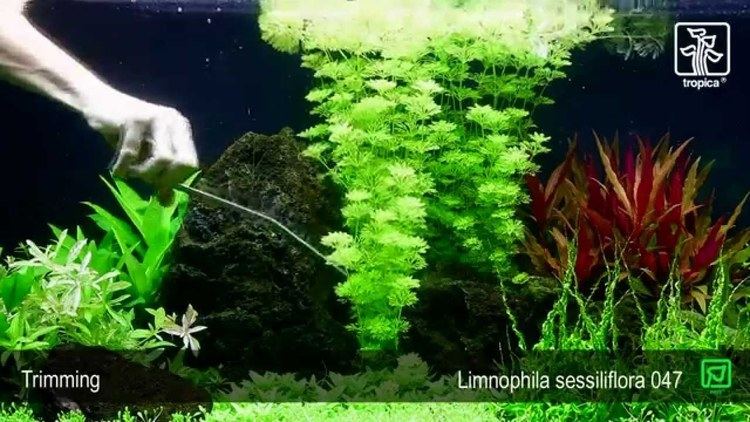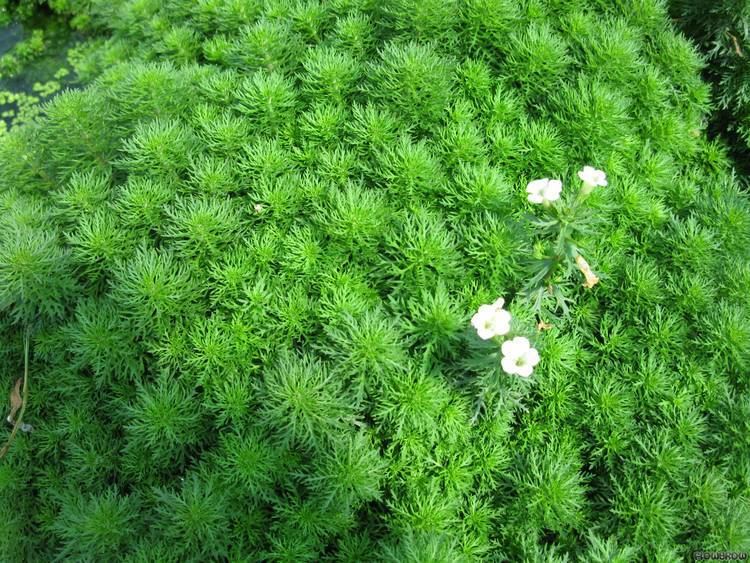Rank Species | Genus Limnophila Higher classification Limnophila | |
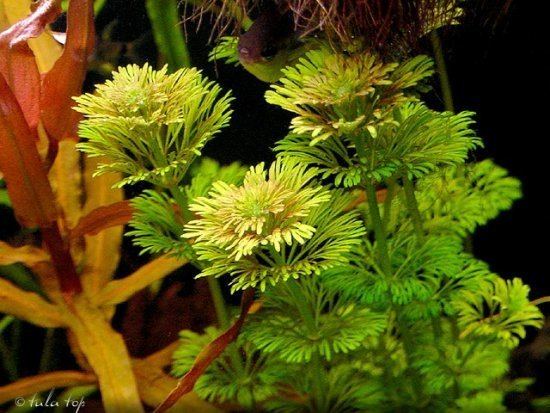 | ||
Similar Limnophila, Hygrophila, Hygrophila polysperma, Cabomba, Rotala | ||
Limnophila sessiliflora
Common name
Dwarf Ambulia; Ambulis; Asian Marshweed. May be confused with other stem plants with similar appearance.
Contents
Synonyms
Ambulia Ambulia sessiliflora; Hottonia sessiliflora; Stemodia sessiliflora; Terebinthina sessiliflora; Stemodiacra sessiliflora
Distribution
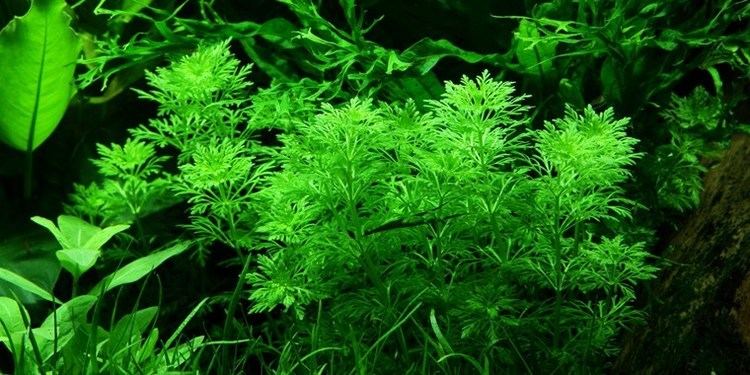
S.E. Asia Escaped into a number of countries where conditions are suitable and sometimes classified as a weed - in paddy rice fields of India, China, Japan and the Philippines. Now is naturalized in several counties in Florida, from south Florida to the Florida Panhandle. Some species are native to Australia.
Ecology
Very adaptable; has been found growing in mountain streams, lakes, rivers and even damp soils.
Description
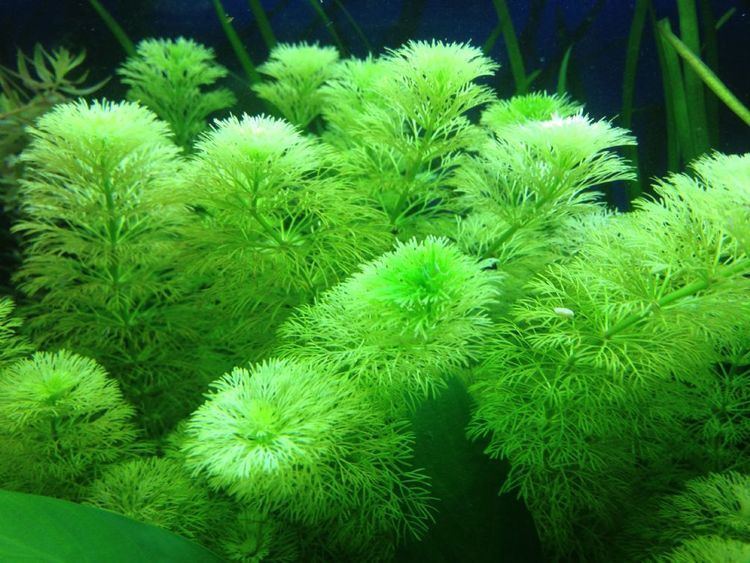
Looks superficially rather similar to Cabomba but it has leaves in proper whorls, about 1.2 inches (3cm) in diameter. The leaves are pinnate and bright green in colour. Under strong light the leaves take on a reddish hue. When the plant has received enough light for the day, the whorls of leaves tend to close up and "go to sleep". Can reach over 16 inches (40cm) in height. The submerse leaves are very different from the emerse forms - dark green, more or less lance-shaped.
The fruit are capsules, ellipsoid, 3.5-5.5 mm long, green-brown when submersed, dark brown when emersed.
Cultivation
Quite commonly used as a bunch plant in aquariums. Needs medium light (more light results in better growth and appearance) and a nutrient-rich water column. Benefits from the addition of CO2. Like many stem plants, it tends to take on a leggy growth in poor light.
Propagated by cuttings.
Growth conditions: Ph 6-7.5 3-25 dGH 3-25 dKH Temperature 22 - 28'C
A nutrient-rich substrate also benefits the plant.

